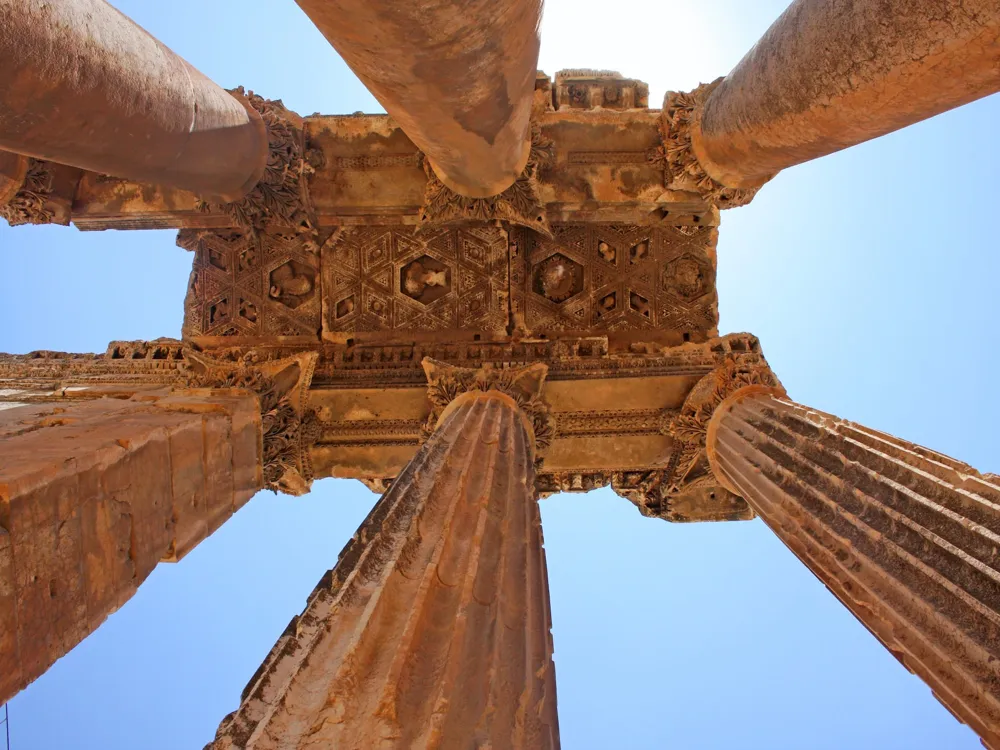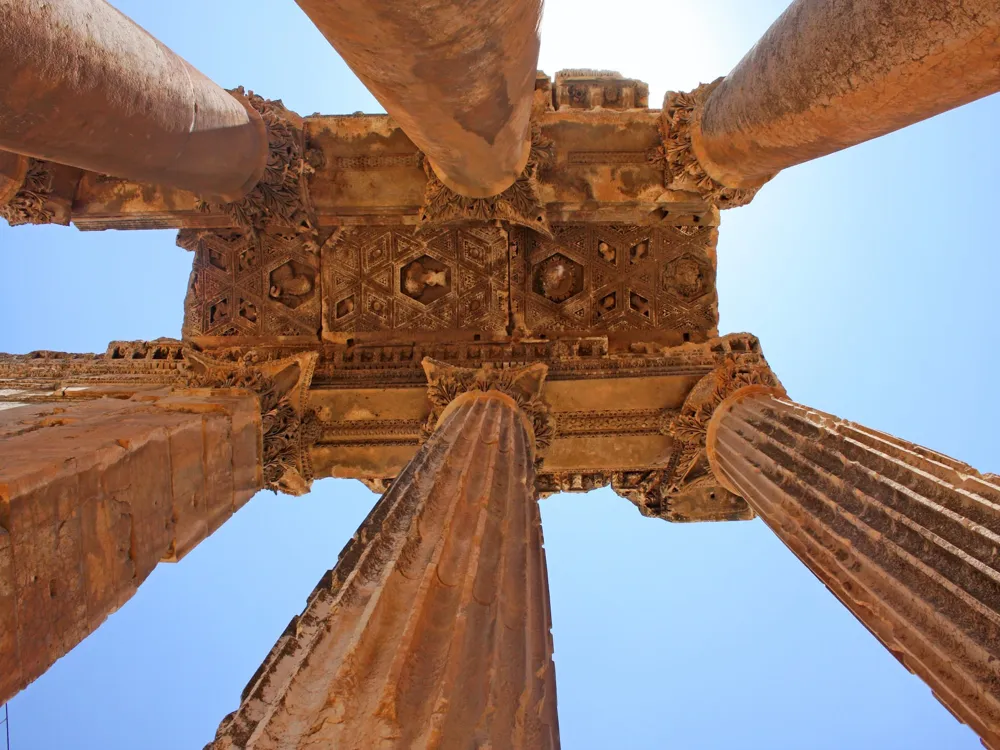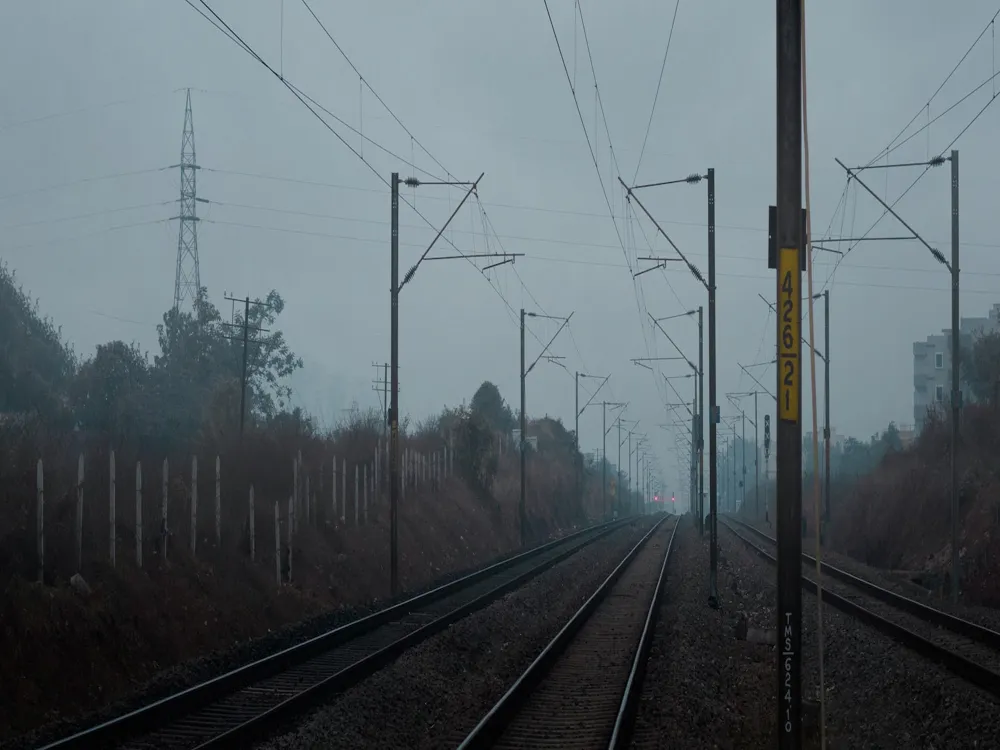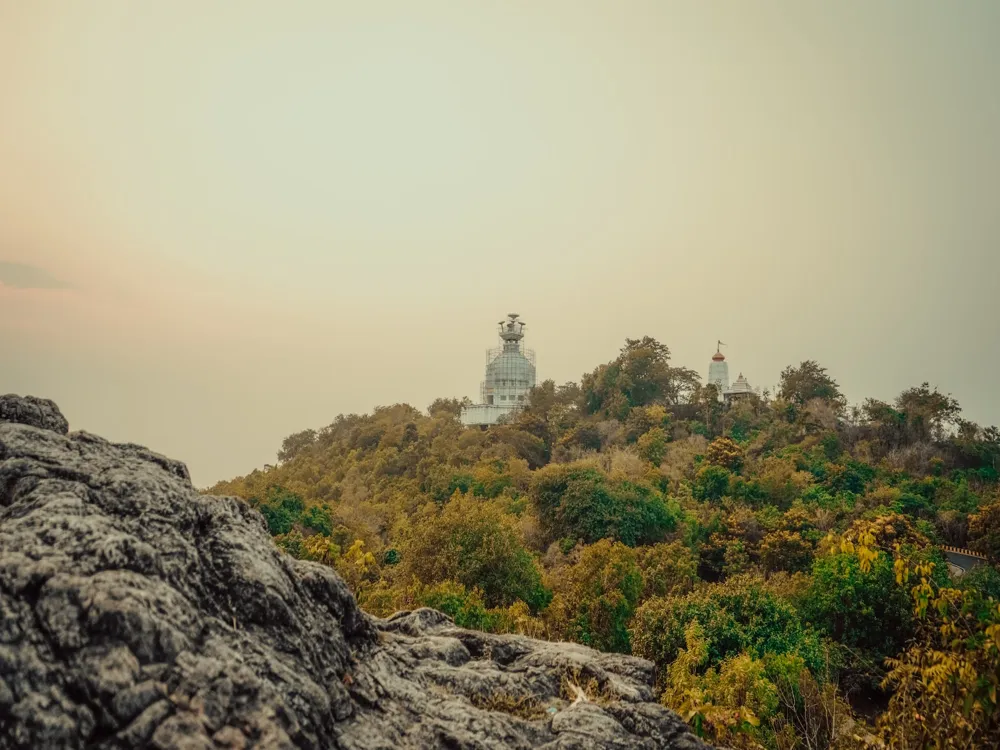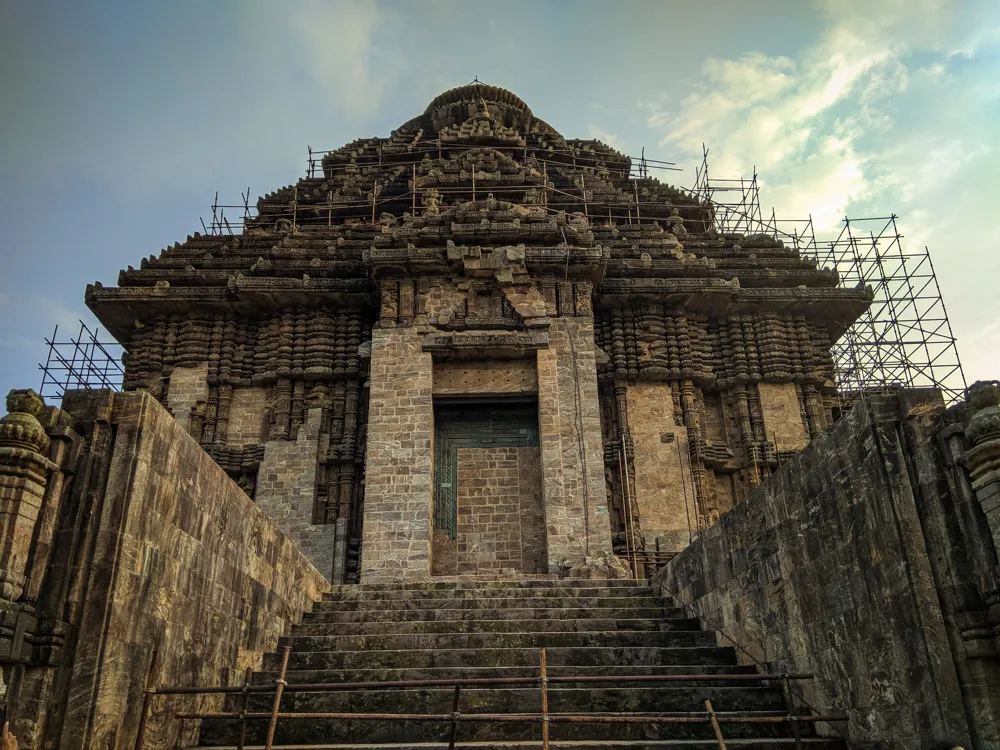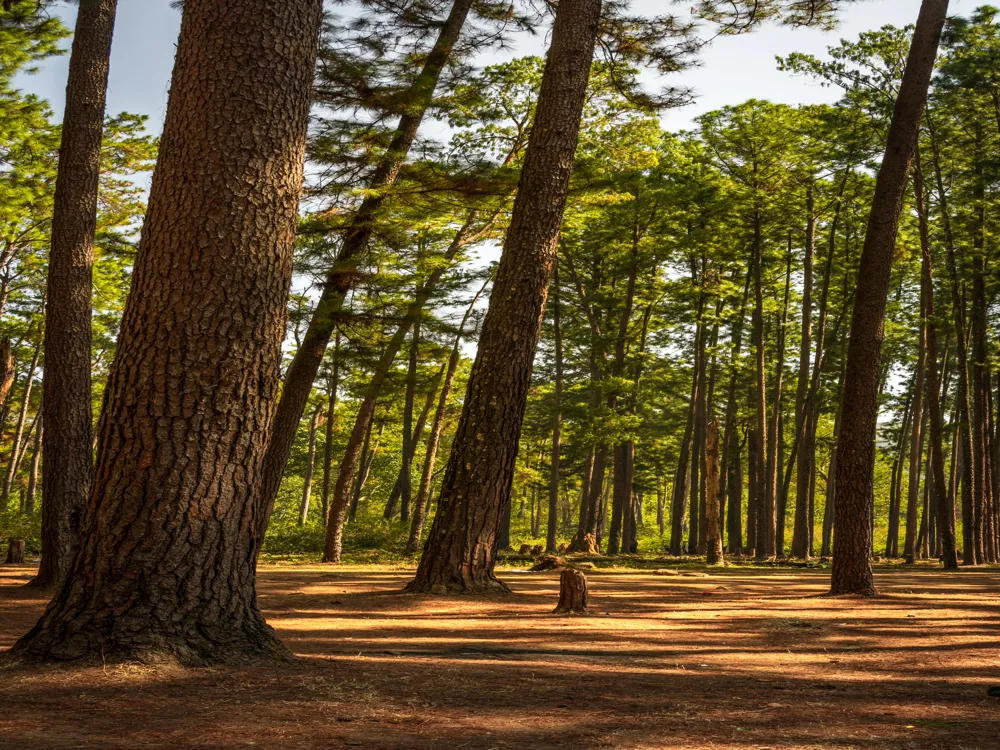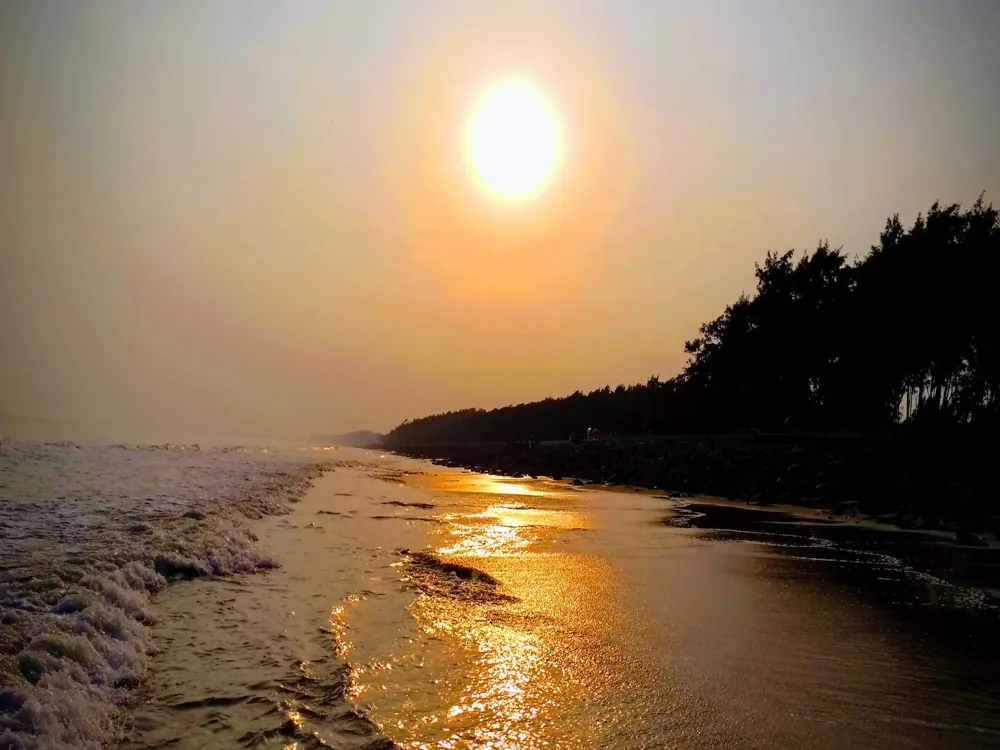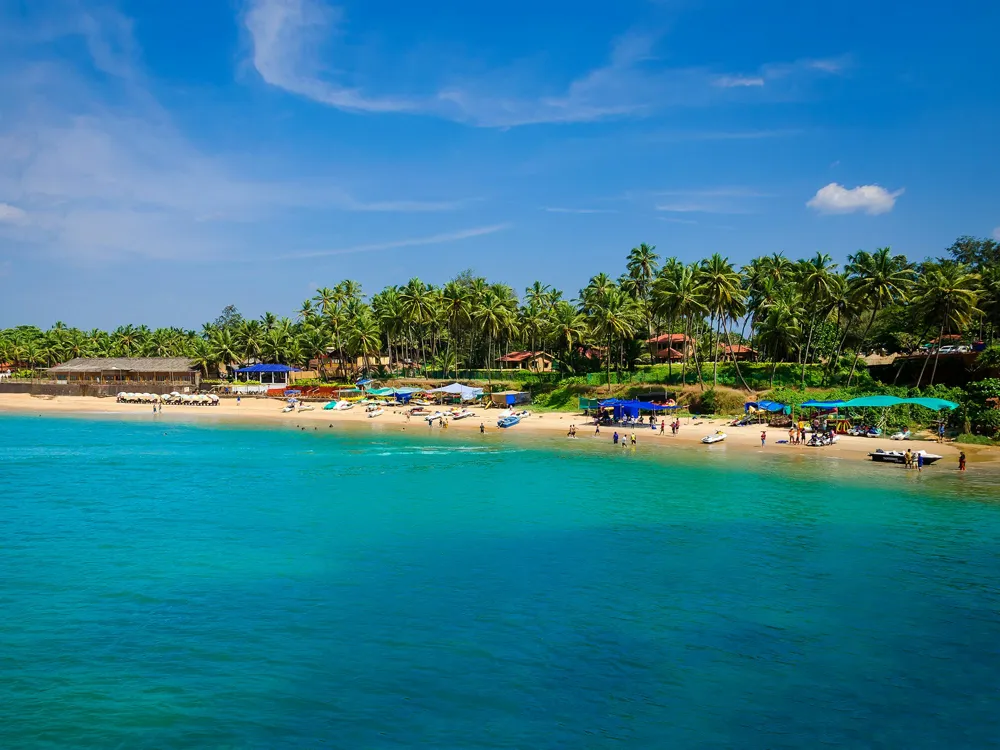Bhubaneswar, the capital city of Odisha in Eastern India, is a vibrant blend of historical significance and modern urban development. Known as the 'Temple City of India,' Bhubaneswar has a rich cultural heritage that dates back over 2500 years. Its history is deeply intertwined with ancient Indian art, religion, and architecture, making it a unique and fascinating destination for both tourists and historians. The city's evolution from a modest regional town to a bustling modern city is a testament to India's rapid urban growth and development. Geographically, Bhubaneswar is strategically positioned near the coast of the Bay of Bengal, making it an important business and trading hub in the region. It's not just its historical monuments that attract visitors; the city's lush green environments, well-planned streets, and growing IT and educational sectors also play a significant role in its appeal. Bhubaneswar is a city where the past coexists harmoniously with the present, offering a unique experience to its visitors. Bhubaneswar's history is marked by various ancient empires and dynasties, most notably the Kalinga Dynasty. The city was a significant center of Hindu and Buddhist culture and was home to many great scholars and philosophers. The remnants of this rich history are evident in the numerous ancient temples and structures that dot the city. These temples not only exhibit an architectural brilliance but also reflect the spiritual heritage of the region. The cultural fabric of Bhubaneswar is a tapestry of diverse practices, languages, and traditions. The city celebrates numerous festivals with great enthusiasm, the most famous being the Rath Yatra. The local cuisine, music, dance, and art forms like Pattachitra painting, have a distinct style that contributes to the city's cultural richness. In recent decades, Bhubaneswar has witnessed significant urban development. It's been a focal point for IT, education, and research, attracting talent and businesses from across India and abroad. The city's master plan emphasizes sustainable development, aiming to balance economic growth with environmental conservation. Bhubaneswar's economy has diversified over the years, with significant contributions from sectors like IT, telecommunications, education, and tourism. The city is home to several universities, research institutions, and a growing number of startups, fostering an environment of innovation and entrepreneurship. Amidst its urban development, Bhubaneswar has maintained a commitment to preserving its natural beauty. The city is known for its parks, lakes, and green spaces, offering residents and visitors a serene environment amidst the urban landscape. The architecture of Bhubaneswar is a mirror to its glorious past, showcasing a remarkable blend of ancient and modern styles. The city's architectural heritage is predominantly influenced by its rich history of Hindu temples, which are masterpieces of the Kalinga architectural style. This style is characterized by its intricate stone carvings, towering spires (Shikhara), and elaborate sculptures depicting various deities, mythological creatures, and religious narratives. The temples in Bhubaneswar are not just places of worship but are also the custodians of art, culture, and history, reflecting the skilled craftsmanship of the Kalinga artisans. The ancient temples of Bhubaneswar, including the famous Lingaraj Temple, Rajarani Temple, and Mukteshvara Temple, are the city's pride. These temples, built between the 6th and 15th centuries, are known for their exquisite architecture and the stories they tell about the city's past. Each temple has unique features, from soaring towers to intricate carvings and sacred tanks. Alongside its ancient temples, Bhubaneswar also features modern architecture, seen in its administrative buildings, educational institutions, and urban infrastructures. These structures blend traditional motifs with modern design principles, showcasing the city's evolution and adaptability. Many modern buildings in Bhubaneswar incorporate elements of traditional Kalinga architecture. This fusion creates a distinctive aesthetic that honors the city's heritage while embracing contemporary design. Bhubaneswar's urban planning reflects a commitment to sustainable growth. The city's layout is designed to accommodate rapid urbanization while preserving its historical sites and natural environments. Recent architectural developments in Bhubaneswar focus on sustainability, using eco-friendly materials and incorporating green spaces. This approach aims to reduce the environmental impact of urban growth and create a healthy living space for its residents. The ideal time to visit Bhubaneswar is between October and March when the weather is pleasant. During this period, the city's cultural vibrancy is at its peak with numerous festivals and events. Don't miss out on trying the local Odia cuisine, known for its variety and flavor. Must-try dishes include Pakhala (fermented rice), Dalma (lentil and vegetable stew), and Rasgulla (a sweet dessert). Bhubaneswar is well-connected by road, rail, and air. Public transport, including buses and auto-rickshaws, is readily available for local travel. For a more comfortable experience, consider booking taxis or using ride-sharing apps. When visiting temples and religious sites, dress modestly and follow the local customs. It's important to respect the cultural and religious sentiments of the local population. Like any other city, it's important to take basic safety precautions in Bhubaneswar. Be mindful of your belongings, especially in crowded places, and avoid isolated areas after dark. Bhubaneswar is well-connected to major cities in India and can be reached by air, rail, or road. The Biju Patnaik International Airport serves as the city's primary gateway, offering both domestic and international flights. Bhubaneswar's railway station is one of the main stations in Odisha, with extensive rail connectivity across India. For those preferring to travel by road, the city is well-linked through national highways, making it accessible by bus or car from nearby cities and states. Each mode of transportation offers a different experience, with air travel being the fastest, train journeys offering scenic views of the countryside, and road trips allowing for flexible itineraries and stops. Depending on your location, budget, and preferences, you can choose the most suitable way to explore the charm and culture of Bhubaneswar.Overview of Bhubaneswar, Odisha
Historical Significance
Cultural Diversity
Modern Development
Economic Growth
Environmental Consciousness
Architecture of Bhubaneswar
Ancient Temples
Modern Architecture
Influence of Traditional Art in Modern Structures
Urban Planning
Sustainable Practices in Architecture
Tips When Visiting Bhubaneswar
Best Time to Visit
Local Cuisine
Transportation Tips
Respecting Local Culture
Safety Precautions
How To Reach Bhubaneswar
Netaji Subhash Chandra Bose Park
Bhubaneswar
Odisha
NaN onwards
View bhubaneswar Packages
Weather :
Tags : Garden & Park
Time Required : 1 hr
Planning a Trip? Ask Your Question
Bhubaneswar Travel Packages
View All Packages For Bhubaneswar
Top Hotel Collections for Bhubaneswar

Private Pool

Luxury Hotels

5-Star Hotels

Pet Friendly
Top Hotels Near Bhubaneswar
Other Top Ranking Places In Bhubaneswar
View All Places To Visit In bhubaneswar
View bhubaneswar Packages
Weather :
Tags : Garden & Park
Time Required : 1 hr
Planning a Trip? Ask Your Question
Bhubaneswar Travel Packages
View All Packages For Bhubaneswar
Top Hotel Collections for Bhubaneswar

Private Pool

Luxury Hotels

5-Star Hotels

Pet Friendly







